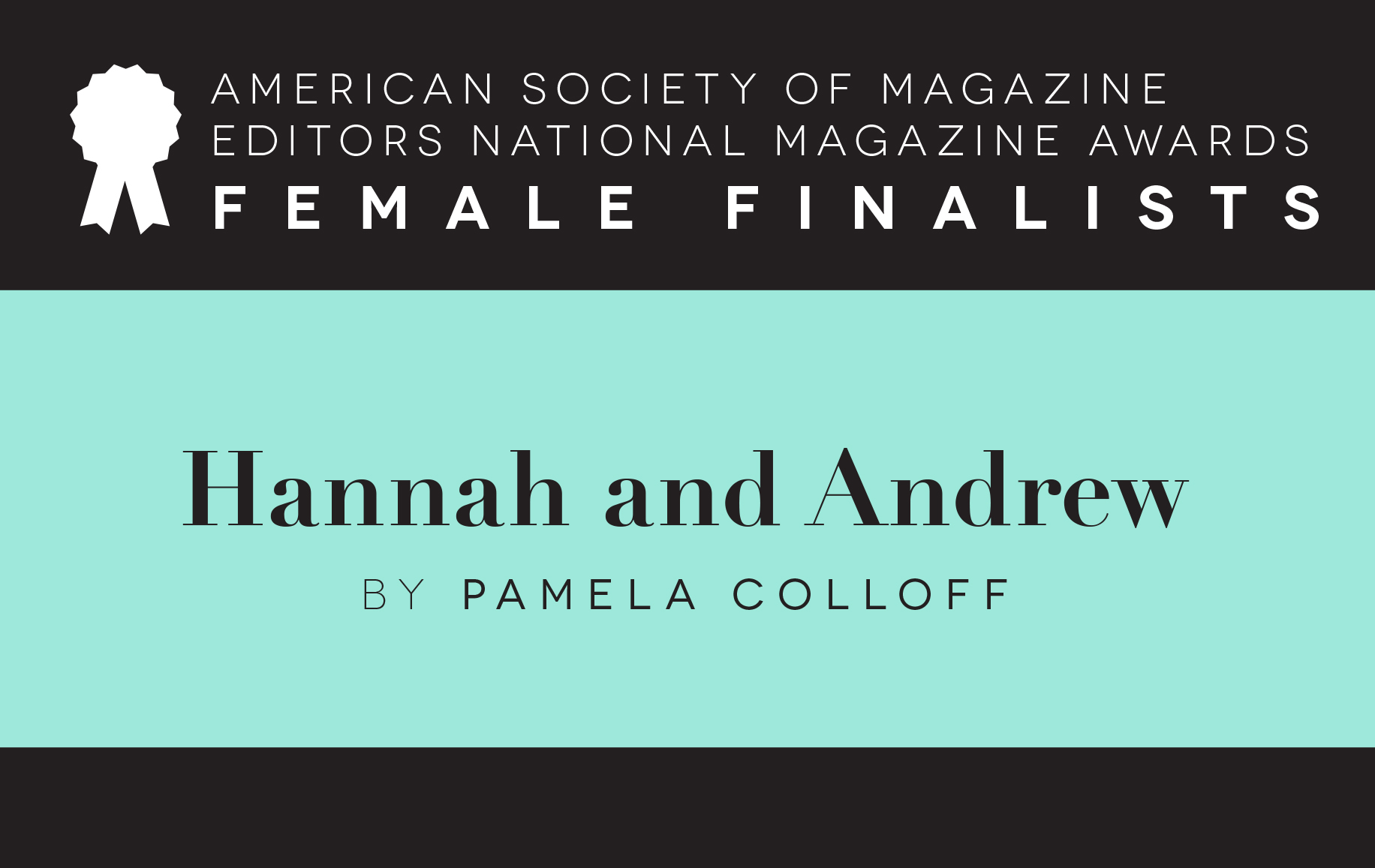Part II of a series of commentary by The Riveter
He knew he had to call her.
John MacCormack of the San Antonio Express-News was out of options and Hannah Overton was still serving a life sentence in jail after what many people were decrying as a gross mistrial.
He had to call Pamela Colloff because he knew there was no one better than her for the job of picking up where he’d left off in giving Hannah, the incarcerated mother of five, a fair chance at justice.
Written by Colloff in January 2012 for Texas Monthly, “Hannah and Andrew” is both a medical and murder mystery. It tells the story of Hannah Overton and her family, who take in little Andrew Burd after a tumultuous first four years of life. After less than a year with the family, he died of salt poisoning and Hannah was found guilty of capital murder by the state of Texas. She has been serving a life sentence ever since.
MacCormack delivered boxes of documents and testimony to Colloff and she dug in. The results of Pamela’s investigation, which started and ended five years after the incident that put Overton in jail, were weighty. The questions raised by her 12,000-word feature require a critical thinking and analysis on behalf of the reader. It’s an exercise that put me off crosswords for a week and I was totally ok with it.
Since writing, “Innocence Lost” (2010) and “Innocence Found” (2011) (the combination that qualified her as an ASME finalist in 2011), Colloff has created a reputation for herself as an advocacy writer. The two-part series played a large role in securing the freedom for wrongly convicted death row inmate Anthony Graves. But in an interview earlier this year with Nieman Storyboard, she spoke about the importance of “pulling back” when writing this type of story.
“There was an early version of the Graves story that was an advocate’s draft, and it didn’t work. It was too obvious from the beginning what my thoughts about the case were. I tried, and I think I succeeded, with the Overton case to not make that mistake again, and to lay out the facts so that a reader could come to his or her own conclusion.”
But in “Hannah and Andrew,” Colloff does more than simply “lay out the facts.” She recreates scenes, and she does so with such expertise and precision that I had to keep reminding myself that she wasn’t standing next to Hannah for the roughly-two year period before and after Andrew’s death. She is able to paint the picture of developmentally-challenged child brought into the loving care of a Christian couple who wanted to add to their growing family. She delves into Hannah’s back-story, revealing details of diary-like intimacy. “…when she was still Hannah Saenz, she knew she wanted a large family…she had grown up longing for the companionship and boisterous energy of the big, churchgoing families she saw around her.”
She presents the facts. Some are damning, like the fact that Hannah waited an entire afternoon to bring Andrew to immediate care after he started showing symptoms that resulted in a coma. Others are enlightening, like the scientific calcuation which suggests Andrew would have needed to ingest an entire 6 teaspoons of salt in order to reach a lethal level, and that at the time he was brought in for medical attention, his stomach was full of water. None of the details feel out of place or unwarranted. She lets you know what you need to know so that you can come to your own conclusion about Hannah and Andrew.




